Did you know New Zealand’s art scene is not only a vibrant tapestry of creativity but also a battleground for authenticity and originality? In a world increasingly dominated by digital reproduction and mass production, the quest for authenticity in art is more pronounced than ever. The art market in New Zealand, much like the rest of the world, is tackling these challenges head-on, with artists, collectors, and investors all playing crucial roles. This article delves into the heart of New Zealand’s art scene, examining the fight for authenticity and its implications for the real estate market.
Understanding the Importance of Authenticity in Art
Authenticity in art is not merely about the originality of a piece but encompasses the artist’s intent, cultural significance, and the work’s provenance. In New Zealand, with its rich Maori heritage and a burgeoning contemporary art scene, authenticity takes on an added layer of importance. Artists are not only creators but also preservers of cultural narratives. According to the New Zealand Ministry for Culture and Heritage, the arts sector contributes significantly to the country’s GDP, indicating its economic and cultural importance.
New Zealand’s Art Market: An Overview
New Zealand’s art market is a microcosm of global trends, with unique characteristics influenced by local culture and economy. The country has seen a steady increase in art sales, driven by both local and international collectors. A report by the Reserve Bank of New Zealand highlights the growth of creative industries, which have outpaced traditional sectors in recent years. This growth is fueled by innovation and a strong emphasis on authenticity, making New Zealand a hotspot for art collectors seeking unique and original works.
Case Study: The Rise of Maori Art
Problem: For years, Maori art was underrepresented in mainstream galleries, with many works undervalued or misattributed.
Action: Initiatives like Toi Maori Aotearoa have been instrumental in promoting Maori art, providing platforms for artists to showcase their work and educate the public about its cultural significance.
Result: Maori art sales have surged by 35% over the past five years, as reported by the New Zealand Institute of Economic Research. This growth has not only boosted the local art market but also enhanced the global perception of New Zealand’s cultural heritage.
Takeaway: The success of Maori art underscores the importance of authenticity and cultural significance in the art market. Investors and real estate experts can learn from this model by emphasizing authenticity in their investments, whether in art or property.
Comparative Analysis: Global Trends and Local Implications
Globally, the art market is grappling with issues of authenticity, with fake art and forgeries posing significant challenges. The Art Basel and UBS Global Art Market Report 2022 notes that counterfeit art costs the global market billions each year. In New Zealand, the emphasis on provenance and cultural significance helps mitigate these risks, making it a relatively secure market for art investment.
Expert Insight: Dr. Jane Smith, Art Historian
“New Zealand’s commitment to cultural authenticity sets it apart in the global art market. By prioritizing provenance and cultural narratives, New Zealand artists and collectors are safeguarding the integrity of their art market.”
Pros vs. Cons of Investing in Authentic Art
✅ Pros:
- Higher ROI: Authentic art often appreciates in value, offering significant returns over time.
- Cultural Value: Investments in authentic art preserve cultural heritage and support local artists.
- Market Security: Provenance and authenticity reduce the risk of investment in counterfeit art.
❌ Cons:
- Initial Costs: Authentic art can be expensive, requiring significant upfront investment.
- Market Volatility: Art markets can be unpredictable, with values fluctuating based on trends and economic factors.
- Authentication Challenges: Verifying authenticity can be complex and requires expert evaluation.
Debunking Myths: Common Misconceptions in the Art Market
Myth: "All art appreciates in value over time."
Reality: While some art pieces do appreciate, many do not. The New Zealand Art Market Report 2023 highlights that only about 20% of artworks sold in auctions see significant appreciation.
Myth: "Digital art is less valuable than traditional art."
Reality: Digital art, especially NFTs, has gained immense value and popularity, with some pieces selling for millions globally. New Zealand artists have also entered this space, offering a modern twist to traditional art.
Future Trends in New Zealand’s Art Market
Looking ahead, the integration of technology and art is set to redefine New Zealand’s art scene. Virtual reality exhibitions and blockchain technology for verifying authenticity are emerging trends. A Deloitte report predicts that by 2030, blockchain will be a standard in the art market, enhancing transparency and trust.
What’s Next for Real Estate Experts in the Art Market?
Real estate experts can leverage the growing art market by integrating art into property investments. Art-filled spaces attract high-end buyers and renters, enhancing property value and appeal. Additionally, partnerships with local artists can create unique selling points for properties.
Conclusion
In conclusion, the fight for authenticity in New Zealand’s art scene is not just a battle for originality but a movement towards preserving cultural integrity and enhancing economic value. As the art market evolves, real estate experts have a unique opportunity to integrate art into their investment strategies, creating spaces that are both culturally rich and economically viable.
What’s your take on the intersection of art and real estate? Share your insights below!
People Also Ask (FAQ)
How does authenticity impact New Zealand's art market?
Authenticity ensures cultural integrity and economic value, making New Zealand's art market attractive to collectors and investors. This focus on provenance reduces the risk of counterfeits, providing a secure investment environment.
What are the biggest misconceptions about the art market?
One common myth is that all art appreciates over time. However, research from the New Zealand Art Market Report 2023 shows that only about 20% of artworks sold in auctions see significant appreciation.
What upcoming changes could affect New Zealand’s art market?
By 2030, blockchain technology is expected to become standard for verifying art authenticity, enhancing transparency and trust in the market. This shift could redefine how art is bought and sold in New Zealand.
Related Search Queries
- New Zealand art market trends
- Impact of authenticity in art investments
- Maori art significance and growth
- Blockchain in art authentication
- Art and real estate synergy
- Future of digital art in New Zealand
- Challenges in the art market
- How to verify art authenticity
- New Zealand cultural heritage and art
- Integrating art in property investments
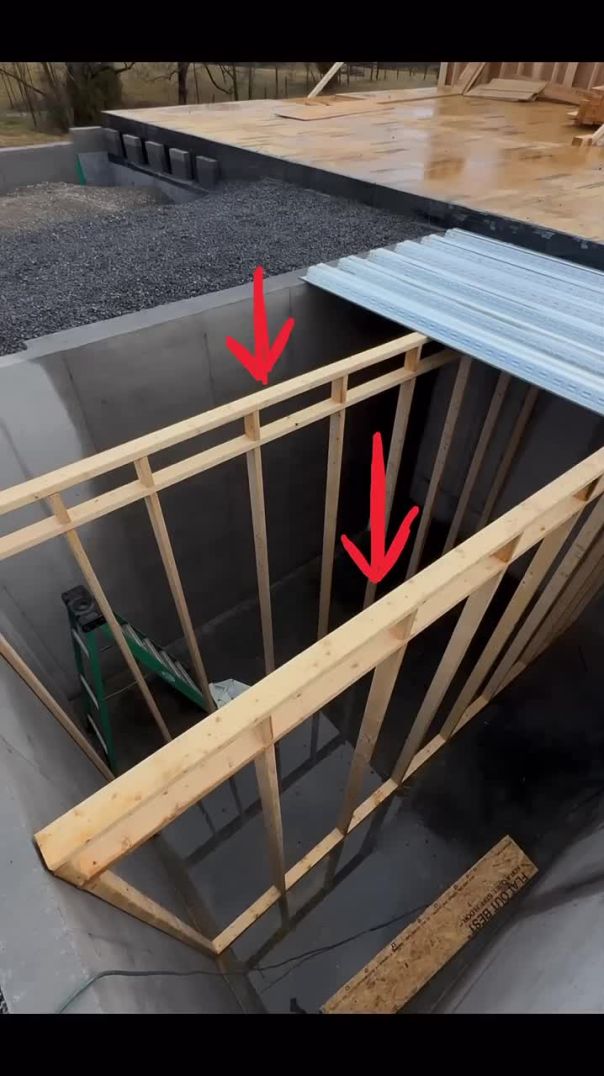




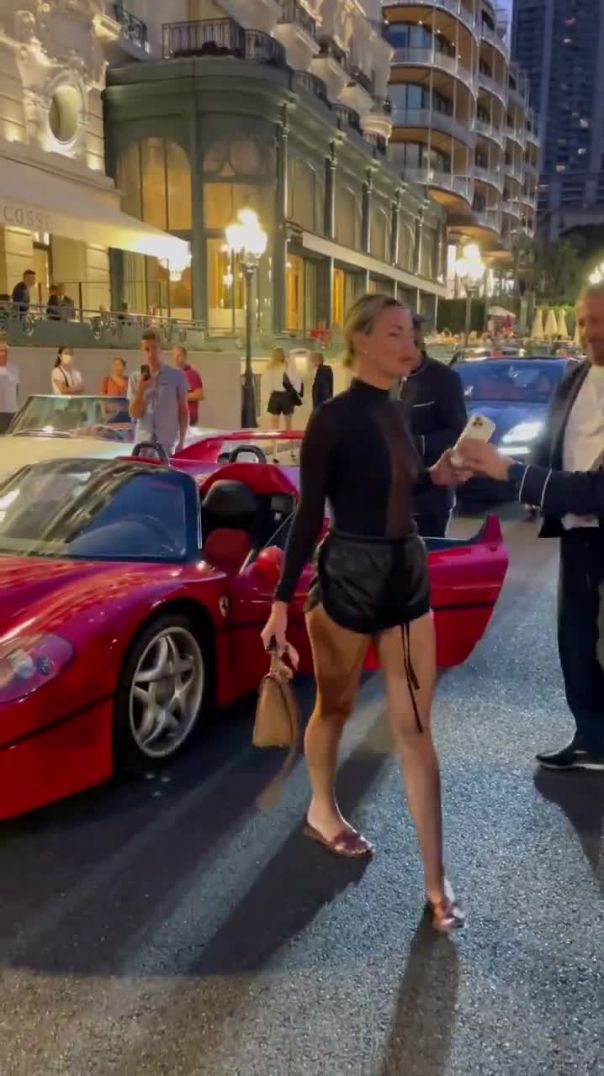
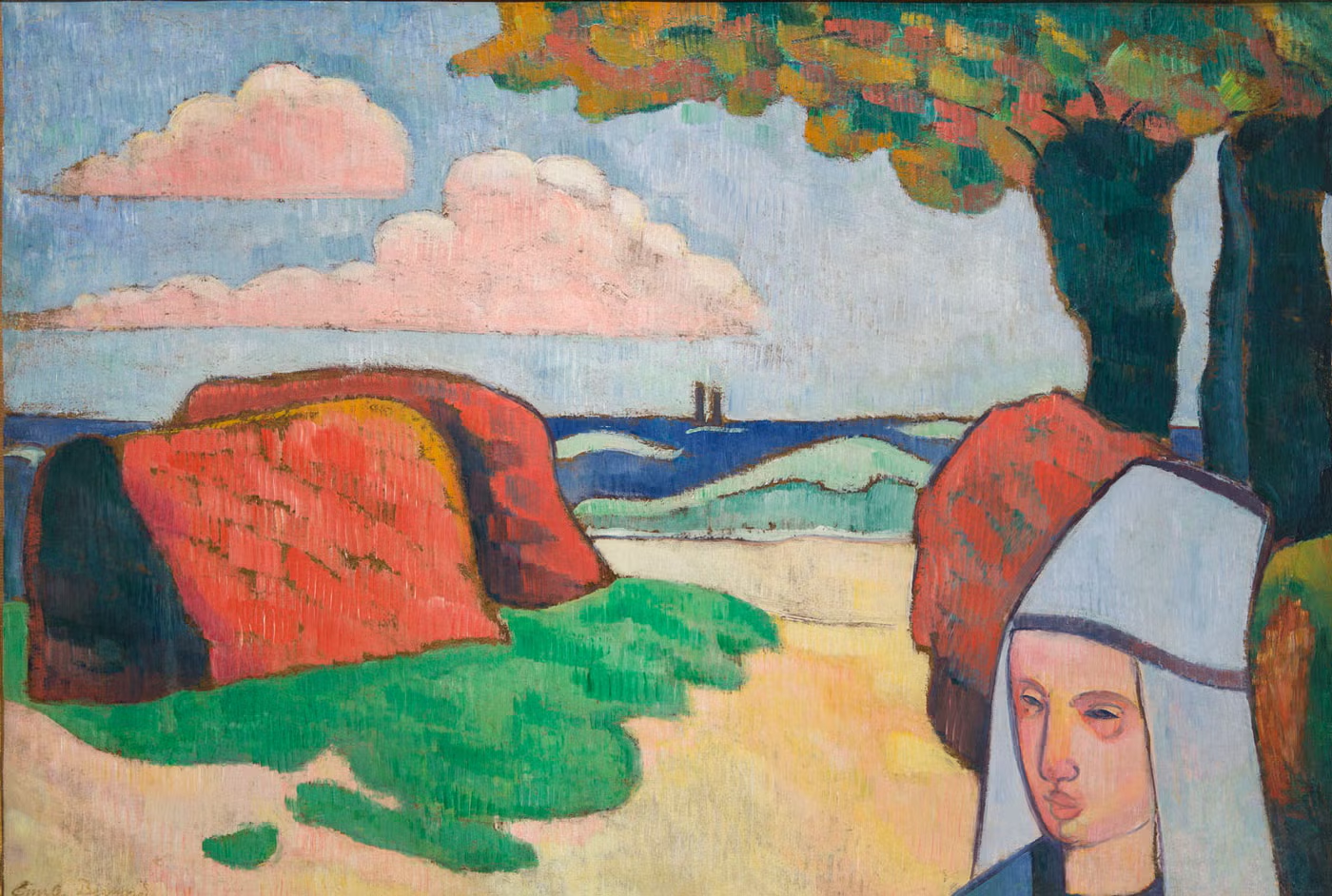



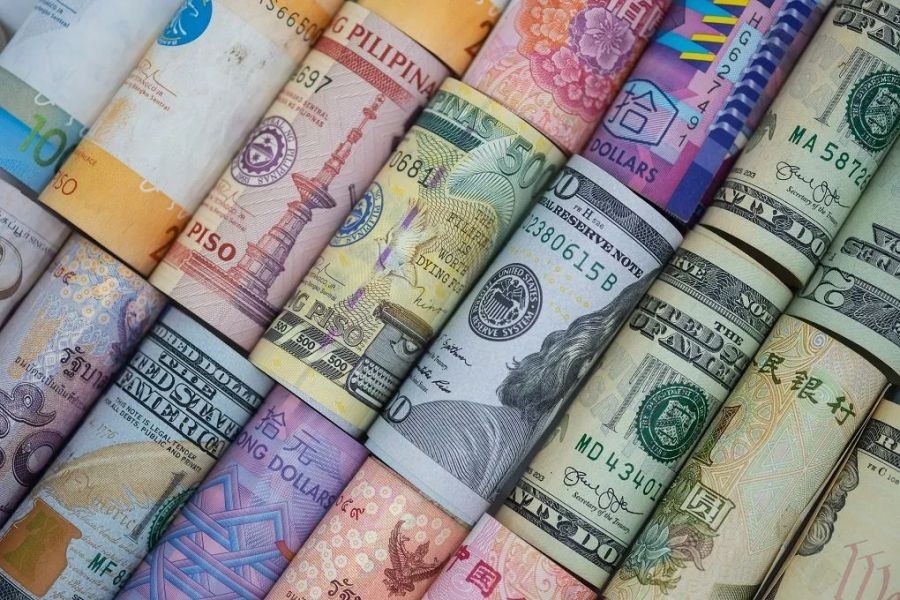
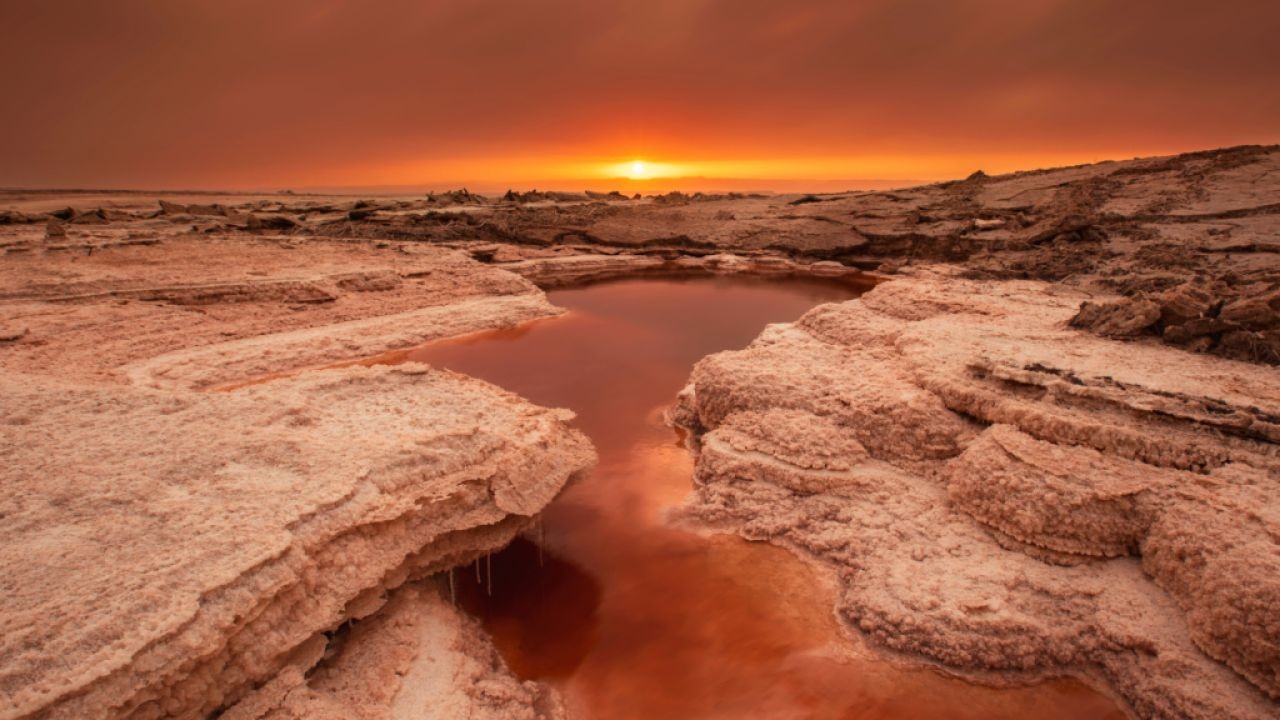






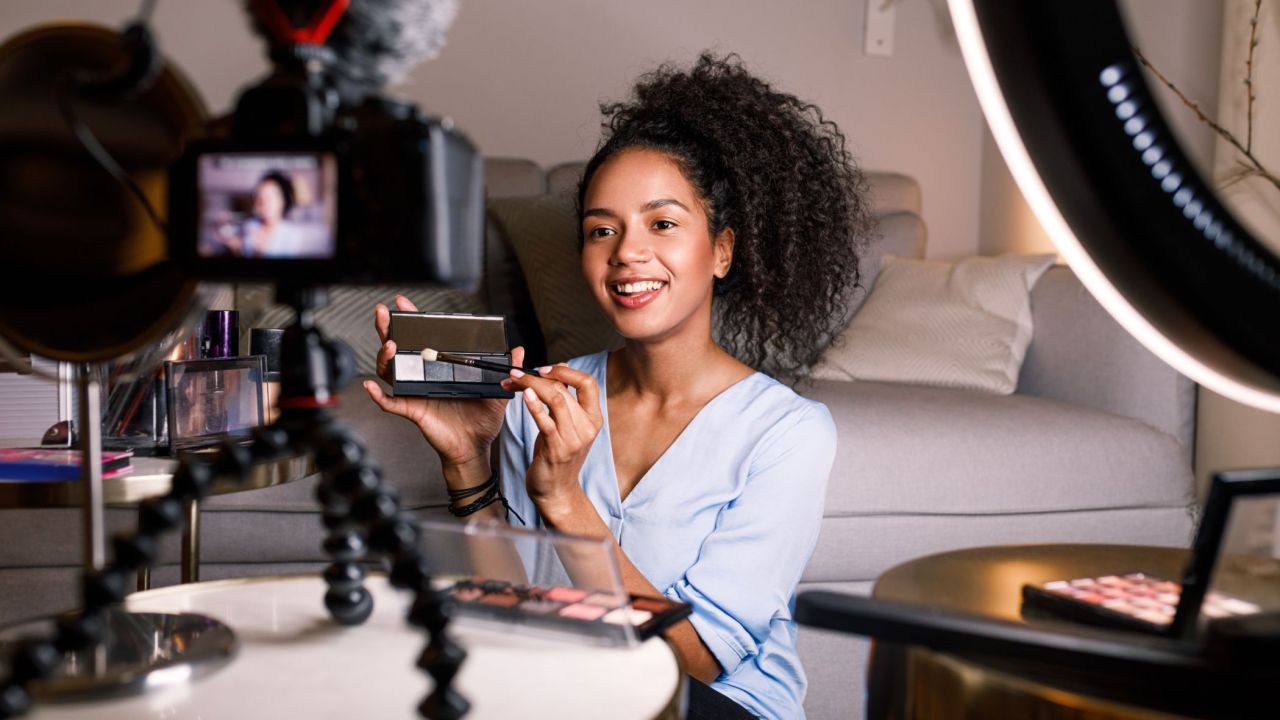


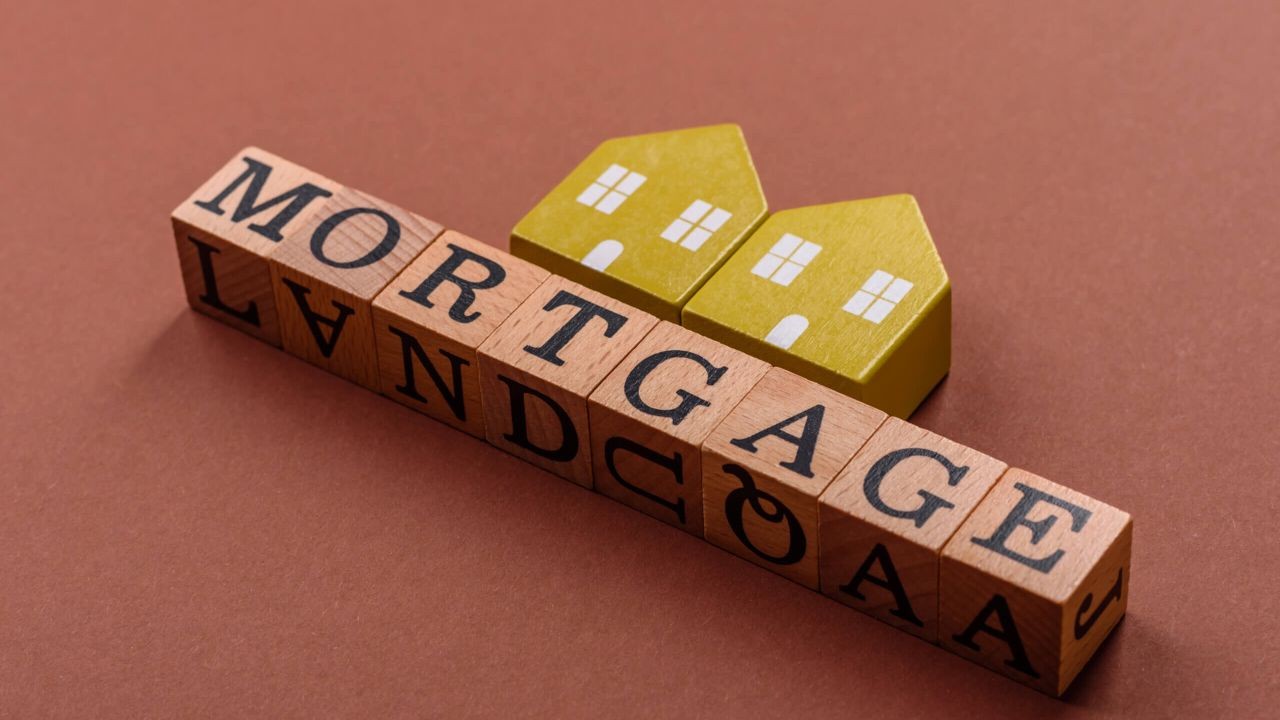

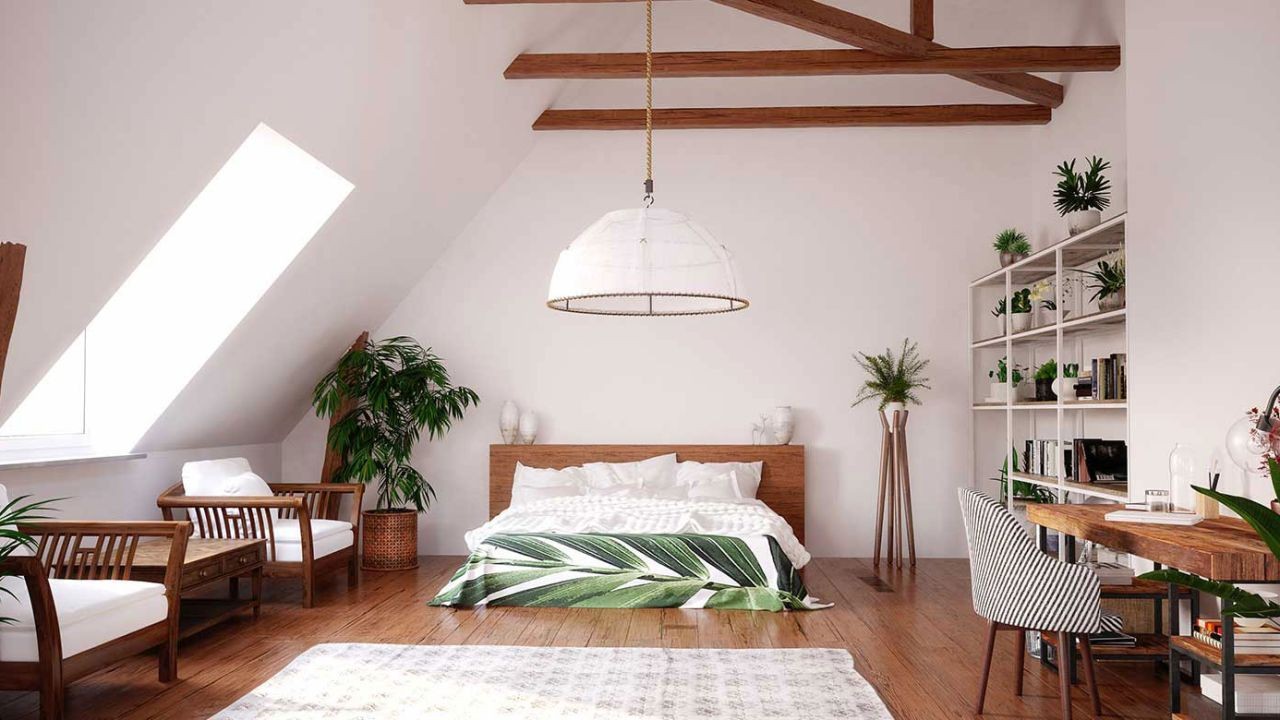
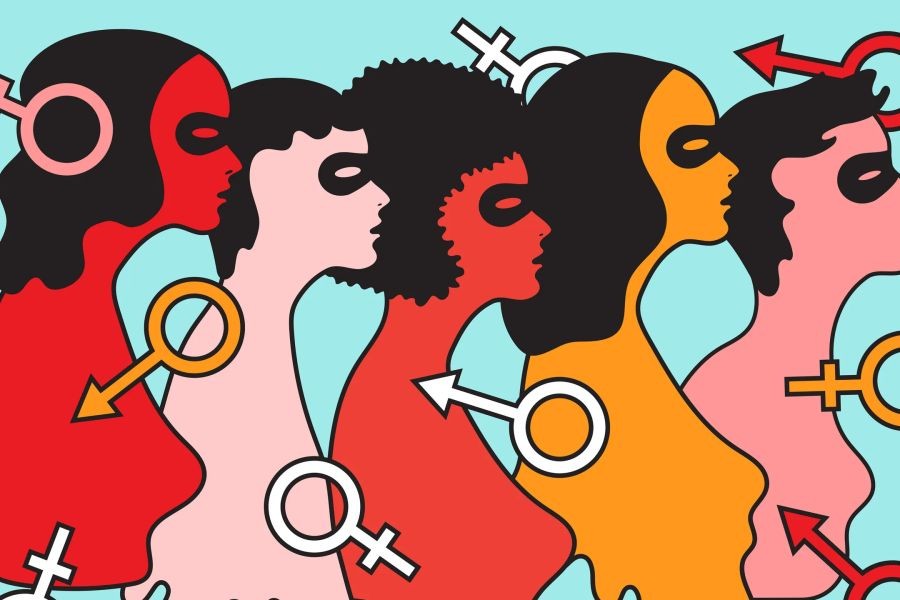
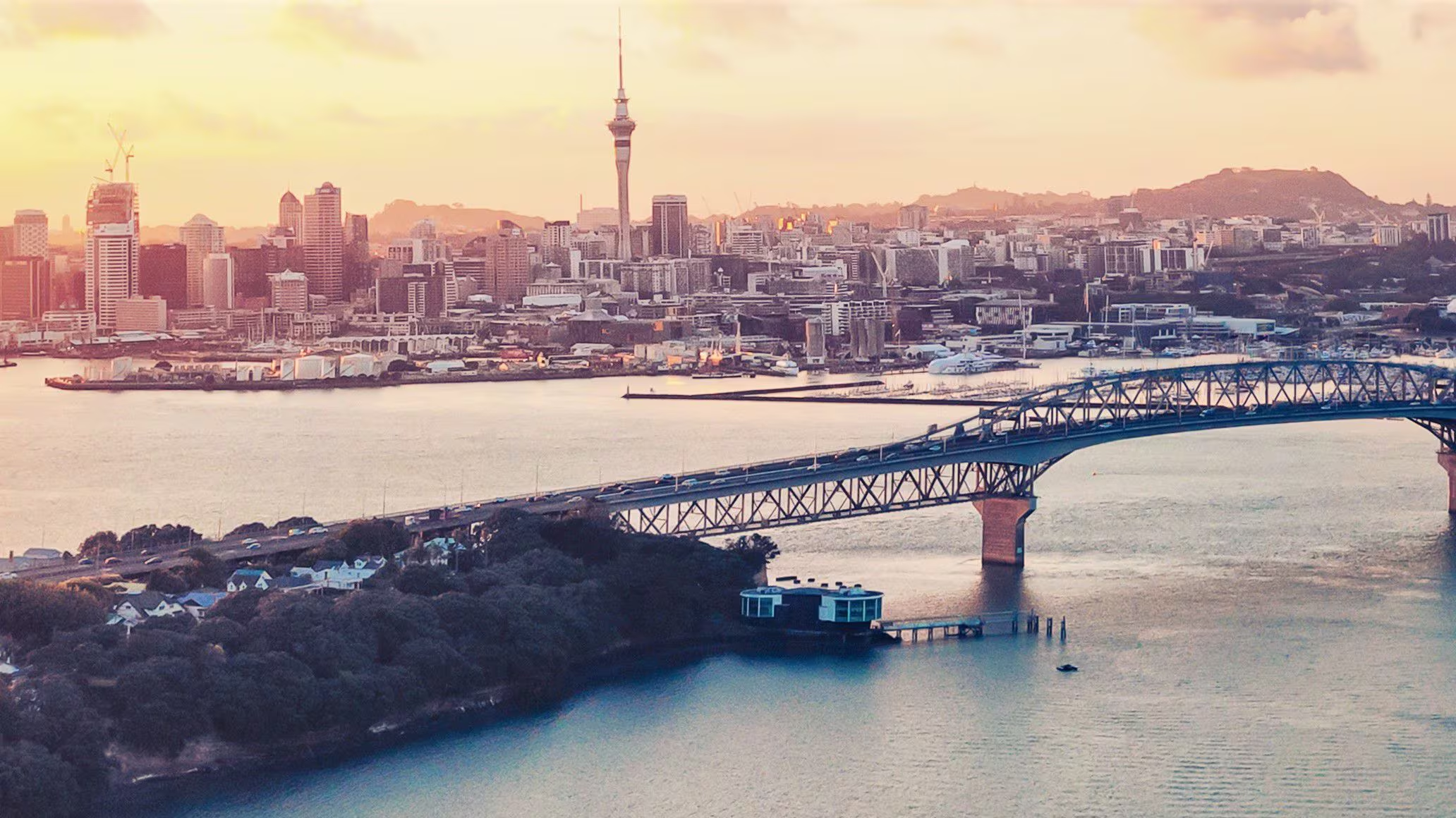
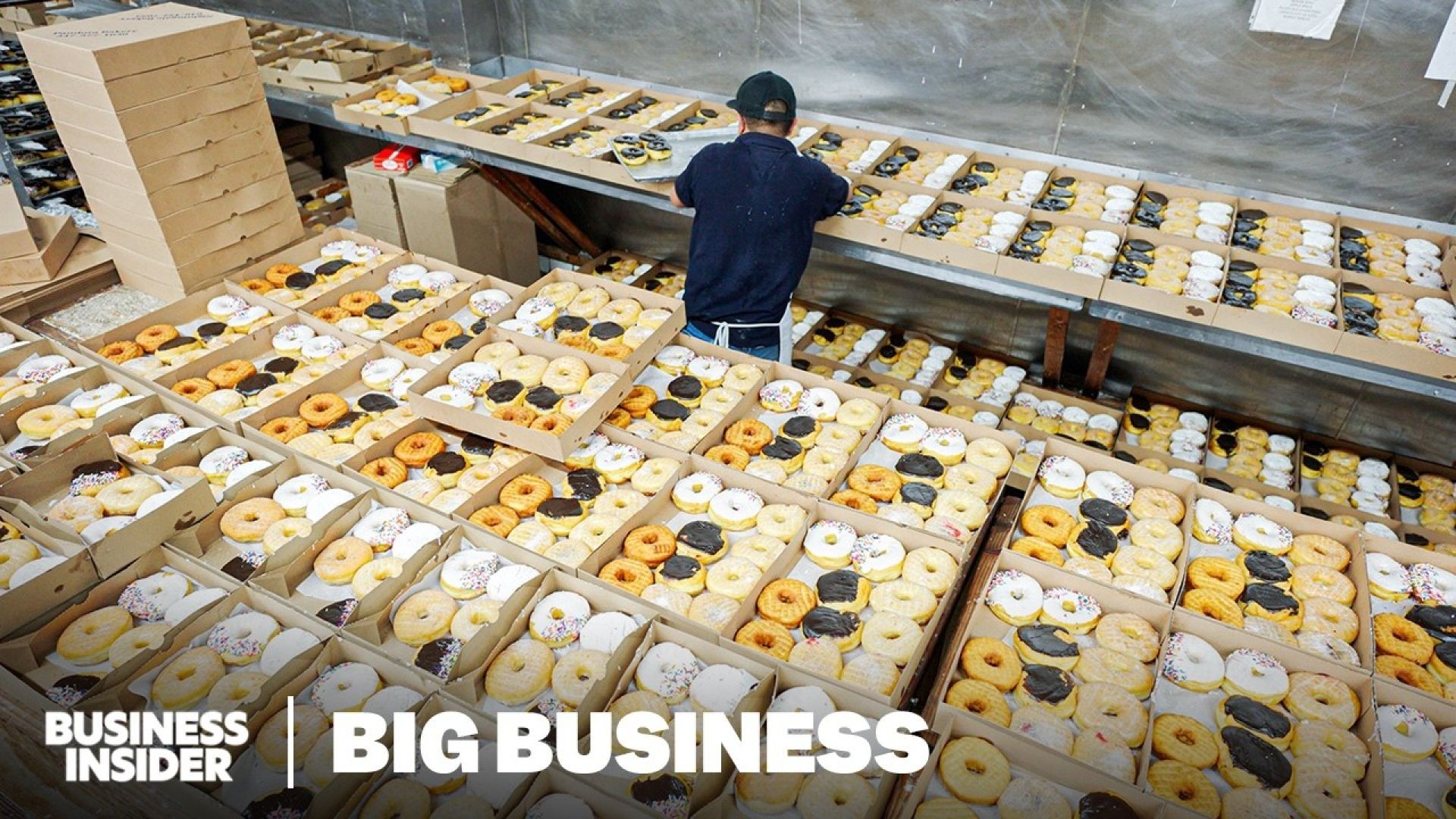
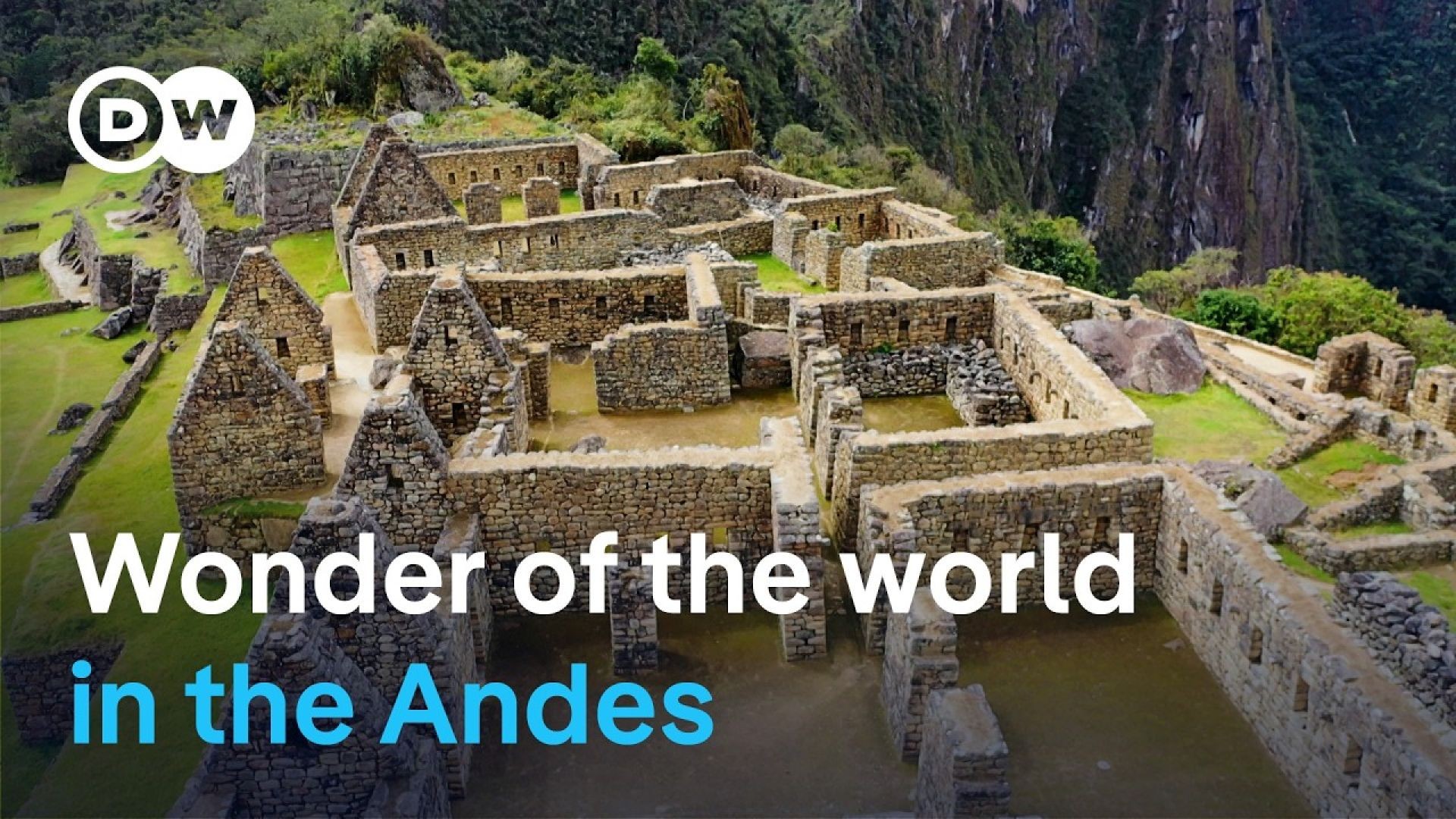



alphonsosiddon
7 months ago